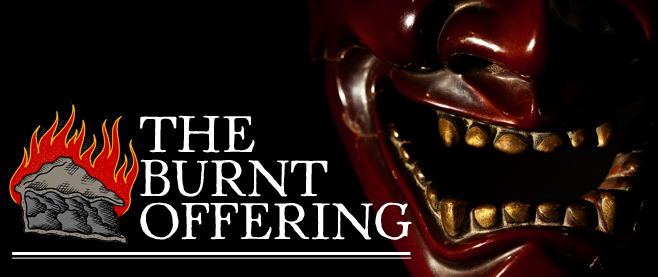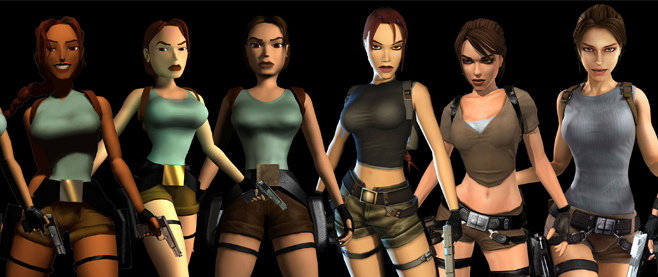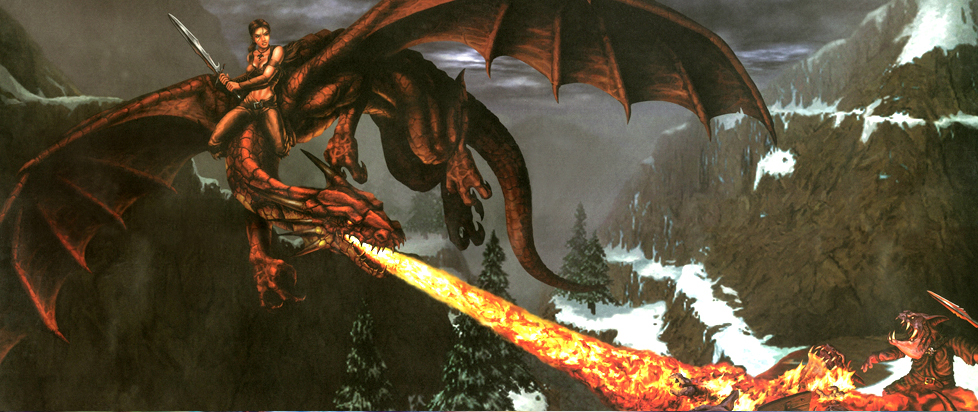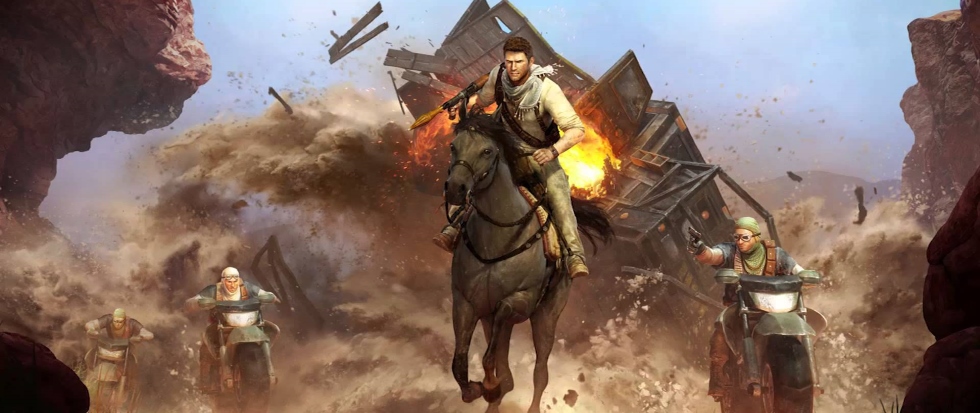
Lara Steps Out of the Shadows
Shadow of the Tomb Raider has grappled onto store shelves, but there’s always more secrets to be told. Contributor Elijah Beahm sat down with Shadow‘s lead writer Jill Murray to get at the heart of Eidos-Montreal’s climactic conclusion to Lara Croft’s origin story.
Elijah Beahm: We last left Lara hot on Trinity’s trail as she grappled with her being world upturned by newfound revelations. Where is Shadow of the Tomb Raider taking our troubled heroine?
Jill Murray: Shadow of the Tomb Raider sees Lara at the height of her powers, forced to confront the reality that she’s curious, strong and talented enough to make some pretty serious mistakes. She sets off an apocalypse and has to go to some dark places in search of a way to stop it. Nonetheless, in spite of the darkness, or perhaps because of it, this is an optimistic story about how a hero defines herself in response to her mistakes, and grows from it to become the Tomb Raider she’s destined to be.
E.B.: What led the Eidos-Montréal team to the idea of a Mayan apocalypse story?

J.M.: An apocalypse gives the story a ticking clock – an incredible amount of pressure against which characters must act and define themselves. It was hinted at the end of Rise of the Tomb Raider that Cozumel would figure in Lara’s continuing story, and the jungle environments offered as we travel further South into Peru offer an incredible challenge for Lara to confront – they’re as dangerous as she is.
E.B.: Rise of the Tomb Raider took Lara away from everyone she knew, save for Jonah and Ana. It’s been shown that Jonah is returning, but will we see any other familiar faces from the past games in Shadow?
J.M.: We don’t want to give too much away about the story, but Lara will meet some incredible characters in Shadow of the Tomb Raider, not least of which is Dr. Dominguez, the head of Trinity, the organization that killed her father. He’s a powerful foe for Lara – one who could be the protagonist of his own story.
E.B.: Each entry of this prequel trilogy has focused on a particular aspect of Lara’s growth. First we saw her step into the role of a survivor, then a fresh-faced adventurer. What new sides will Shadow bring out of Lara?
J.M.: Along with the difficulty of confronting her mistakes, in Shadow of the Tomb Raider, we also get to see a lighter, more human side of Lara. In our social hubs, particularly Paititi, the biggest hub ever created for the franchise, Lara has to learn to work with people, which is a big challenge for her. Her comfort zone is tombs, not people. We can see her sense of humour come out more, and it’s also awkward at times. I’m especially fond of seeing her interact with children – you can see the echoes of her own troubled and highly independent childhood come out in sympathy.

E.B.: In the same turn, every step forward has been opening and deepening Lara’s world. The 2013 reboot included Asian cultural themes and Rise featured Byzantine, Slavic and Abrahamic cultural influences. What elements of South American culture is the Crystal Dynamics’ writing team looking towards?
J.M.: In Shadow of the Tomb Raider, Lara Croft follows a series of riddles to Peru, expecting to find a tomb. Instead, she finds a hidden city full of people – a sanctuary, thousands of years old, where people from Maya, Inca and Aztec cultures sought refuge, and then grew together, self-defined, and uninfluenced by industrialization.
E.B.: Past entries have worked pointedly with religious themes across multiple faith perspectives. Will Shadow of the Tomb Raider be continuing this dialogue, and if so, what would you say are the themes and beliefs influencing Shadow’s direction?
J.M.: In Shadow of the Tomb Raider, we see that despite her independence and even occasional isolation, Lara Croft has an enormous faith in people, their beliefs and the power of mysteries she has yet to understand. This is ultimately a story of cooperation, collaboration and redemption. Belief both deepens and complicates the relationships between characters and factions in this game.
E.B.: How does it feel to be a lead writer for a project like Shadow of the Tomb Raider? What are some great things and challenges one faces, handling such a project? Skills that aspiring games writers might not realize they need?
J.M.: Few game writers arrive in this discipline, fully prepared for the degree of collaboration and presence necessary. Far from being able to retreat and write in peace, game writers benefit from being present and fully plugged into a team. You need to be able to learn to anticipate and grow from the needs of multiple disciplines, ranging from game design to animation, performance, sound. The key word is learn – it doesn’t happen all at once and it never stops, either.





